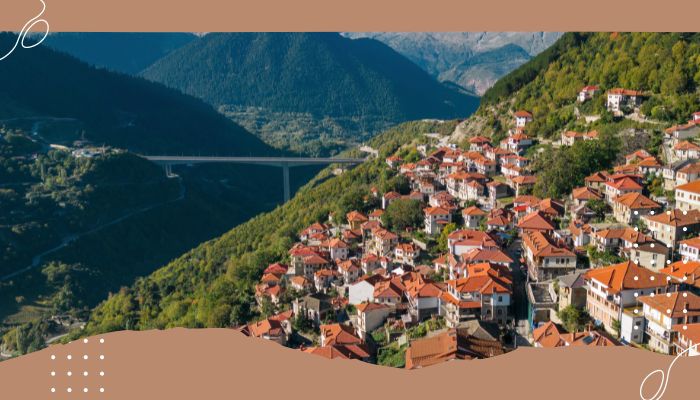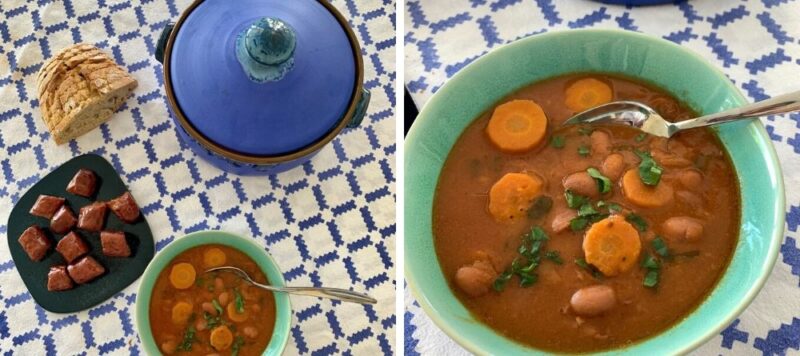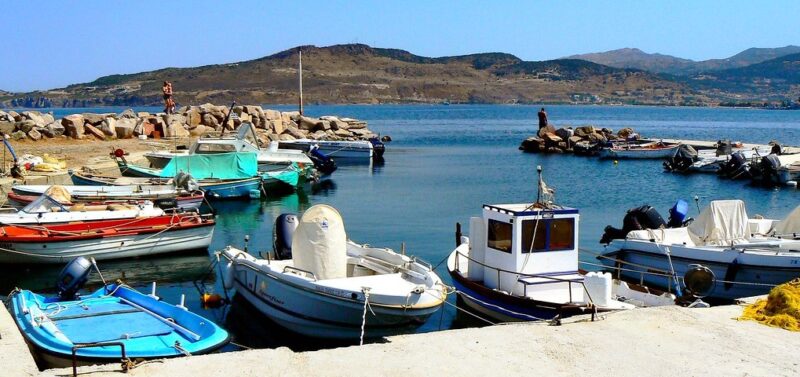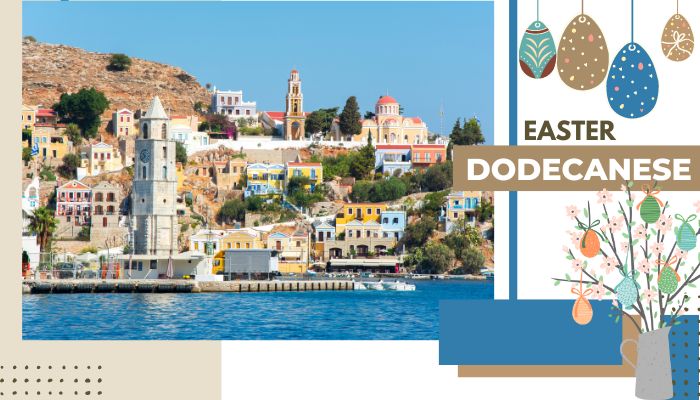You have to imagine the difficult times of yesteryear. To cross the Pindus, this steep mountain, there are few possible passages. The most popular is the Katara(Curse) pass. Its name says it all. Metsovo lies on this road, which links Thessaly and Epirus, in the middle of the mountain that separates the two regions, at an altitude of 1100m.
Metsovo, a town in a cattle-breeding region famous for its cheeses
An obligatory resting place for caravans of travelers and merchants, Metsovo enjoyed special privileges. In the 18th century, its inhabitants were exempt from the tax on livestock ownership. This has contributed to the exceptional development of livestock farming. And so began the long tradition of cheese production.
Today, several cheese dairies operate in Metsovo. You can visit the Tositsas Foundation and taste its famous cheeses. Founded in 1958, the cheese dairy has applied and adapted Italian maturing methods. Young descendants of cheese-making families were sent to Italy at the Foundation’s expense to study the art.
In Metsovo’s central square, you can still see “tselingas“. These are wealthy shepherds in traditional dress and with the indispensable carved shepherd’s crook. An image from another era, certainly touristy, but revealing the true nature of these villagers. In fact, the Metsovites belong to the Valache population, nomadic shepherds. Speaking a Latin language, they migrated with their herds and families between the mountains of Epirus, Macedonia and the plains of Thessaly.

Metsovo, a culinary destination off the beaten track
First and foremost, Metsovo is the ideal destination for meat lovers. In the taverns you can sample local specialities, which are very meaty. Kondosouvli (spit-roasted meat), for example, or lamb with white onions or chicory. And for the more adventurous, goat soup(gida vrasti), a typical dish of the high mountains.
Vegetarians can also enjoy the “pittas” that are so well prepared in Epirus. From the classics tyropitta, prassopitta (with leeks), kréatopitta (with meat), to the typical galatopitta (sweetened with milk), lachanopitta (with cabbage), to the downright exotic just by their names bourani, pizroutz, pispilita, koulatsi, kassiata….
The abundance of milk and the proximity of the Thessalian plain supplied the region with cereals. This has led to the creation of a long tradition of artisan pasta-making. These include chylopittes (short, flat pasta, often square), trahanas (a kind of large semolina eaten as a porridge with grated cheese and croutons), sweet or sour depending on the milk used, kritharaki (small barley-grain-shaped pasta).
To find out how to prepare Chylopittes, discover an excellent recipe for Chylopittes with metsovone.
Metsovo and its benevolent crafts
But Metsovite craftsmanship doesn’t stop at pasta. Goldsmiths, woodcarvers, stonecutters, weavers, furriers and coopers were once the village’s main source of wealth. Following disasters or driven by the prosperity of their businesses, many of the village’s inhabitants moved abroad, and some of them made their fortunes there. These expatriates often helped their compatriots, creating a long list of Metsovite benefactors. They were responsible for the organization of cheese production, as well as the return of viticulture to the region. At the Katogi-Strifilia estate, you can taste the fine wines of these mountain vineyards, made from local or French grape varieties.
*****
Thanks to Evi Siougari-Parmantier for sharing with us her love of the Greek islands and for writing this article. Evi and Marc, her husband, have a guesthouse in the heart of an organic olive grove in the Peloponnese. A paradise for all those who want to spend a nature vacation in Greece.




